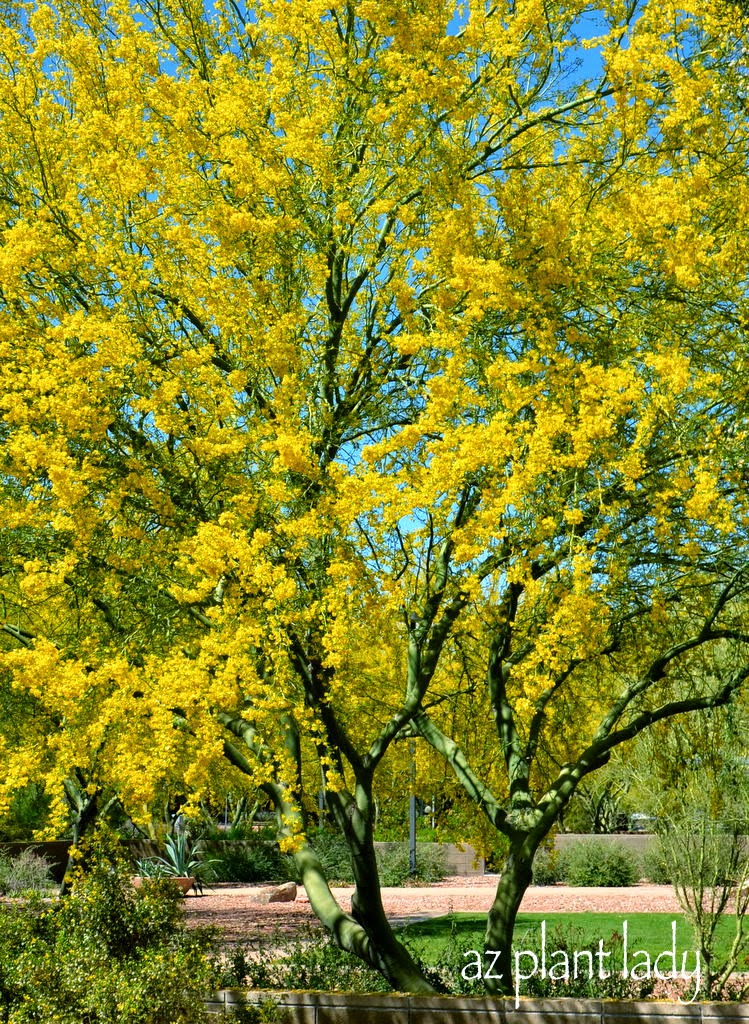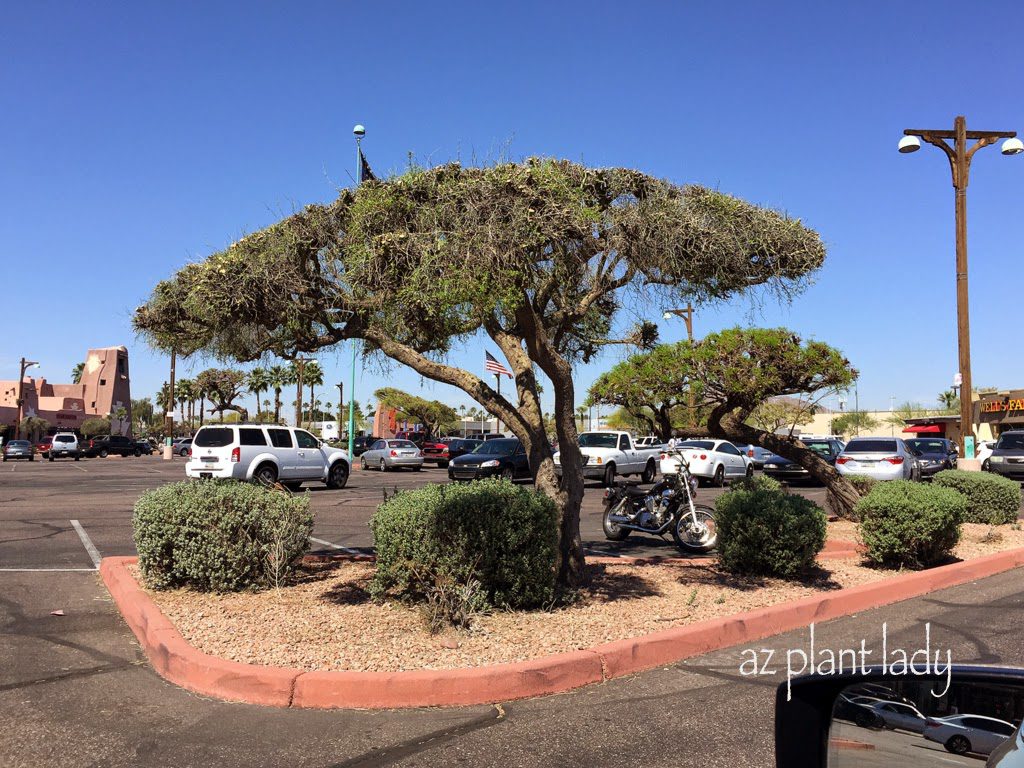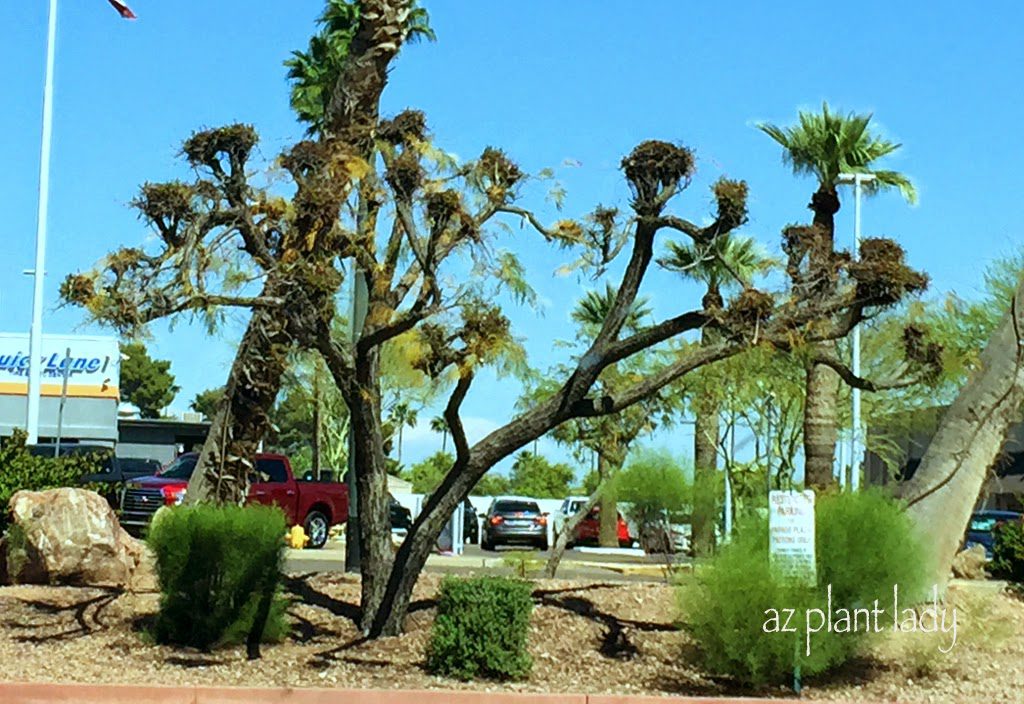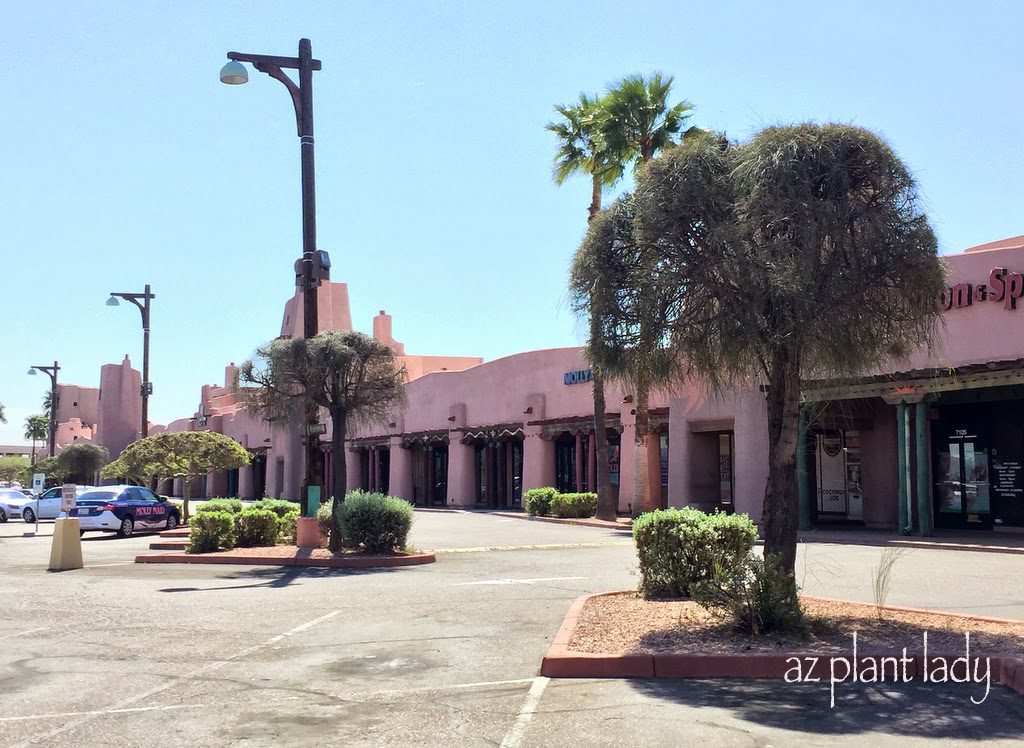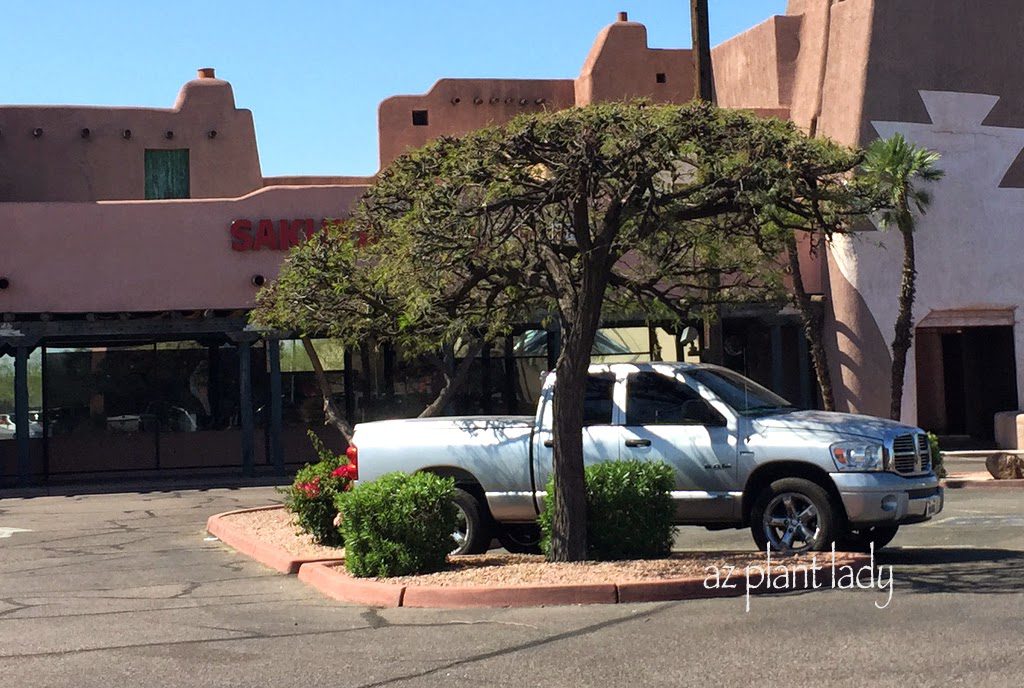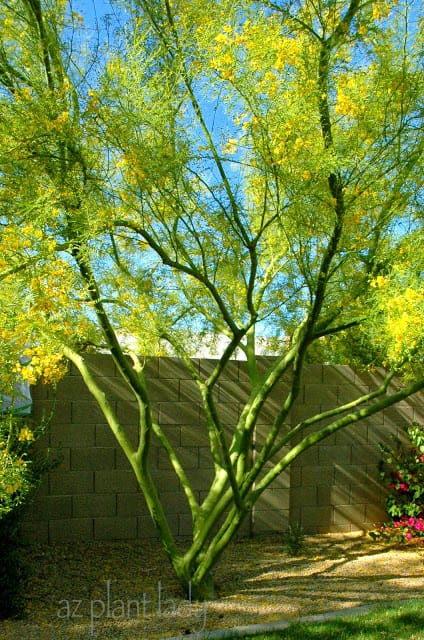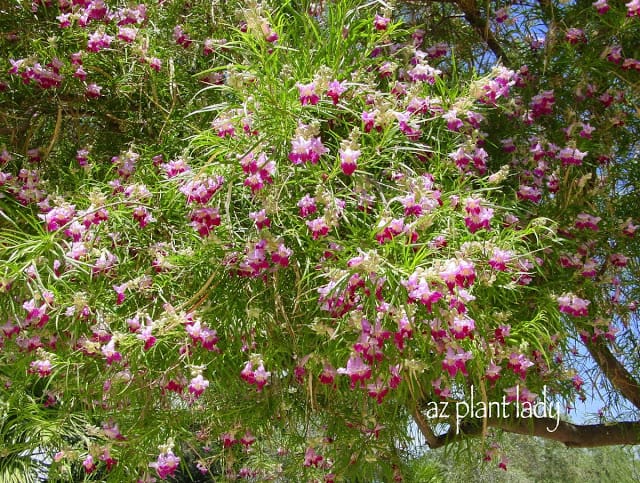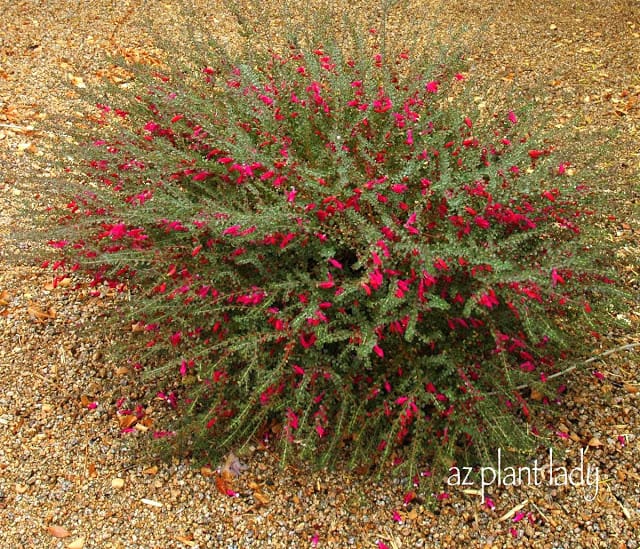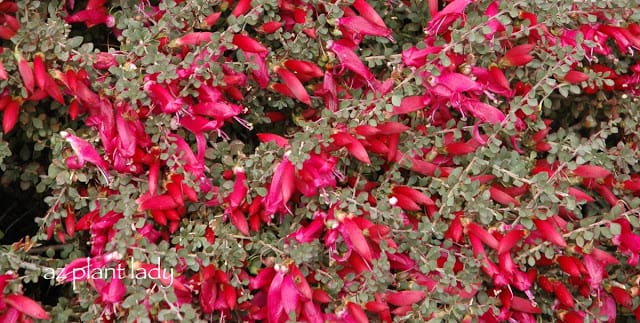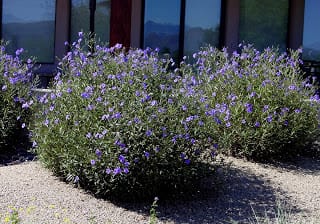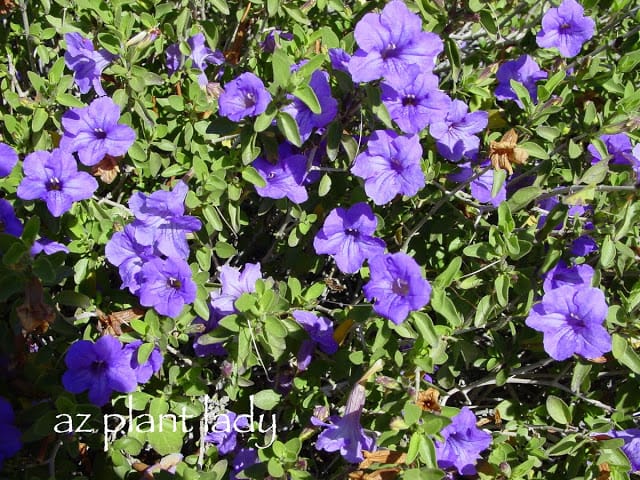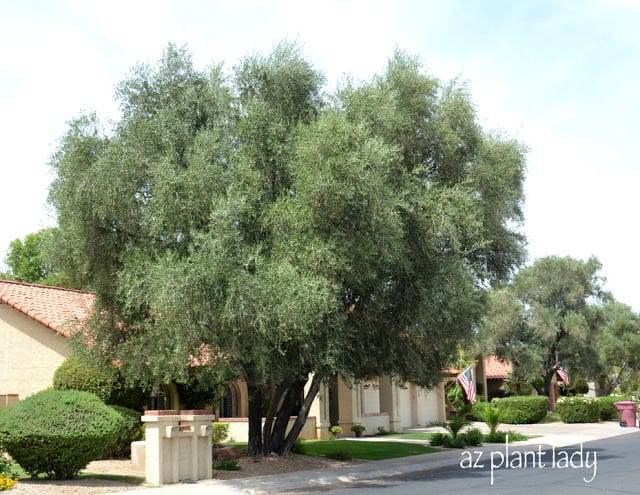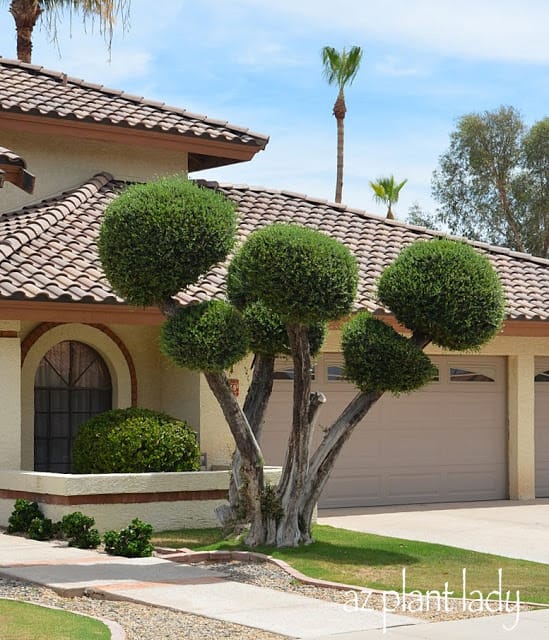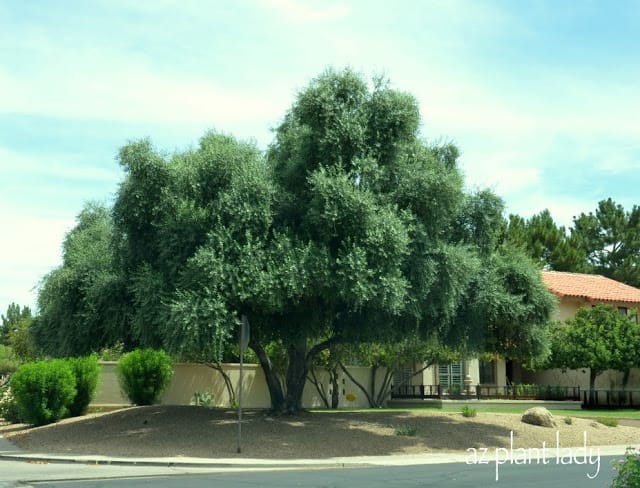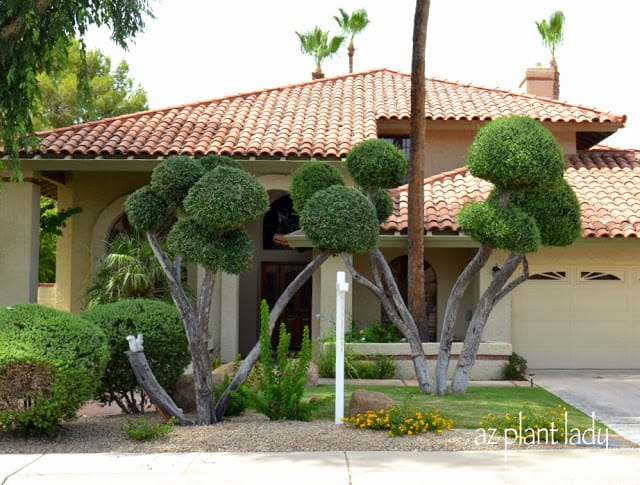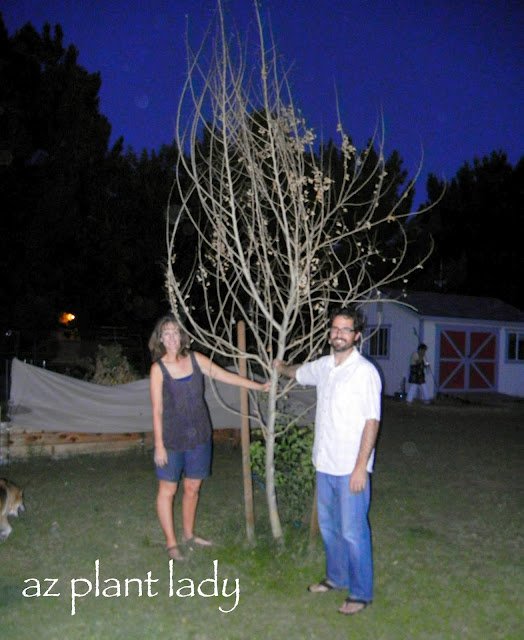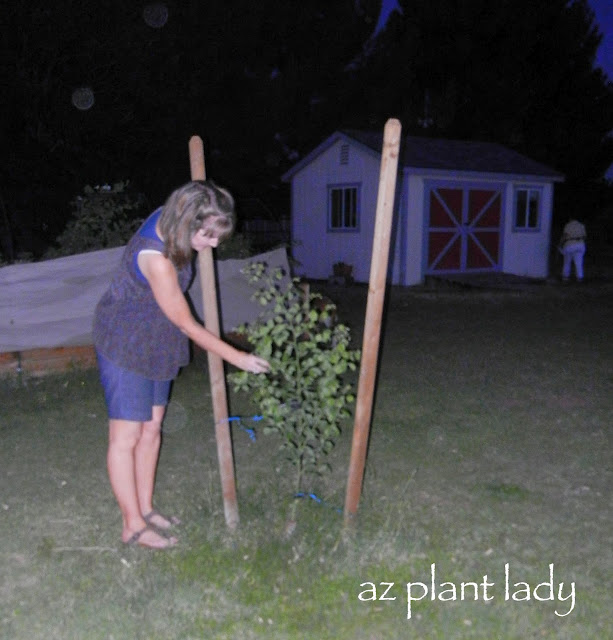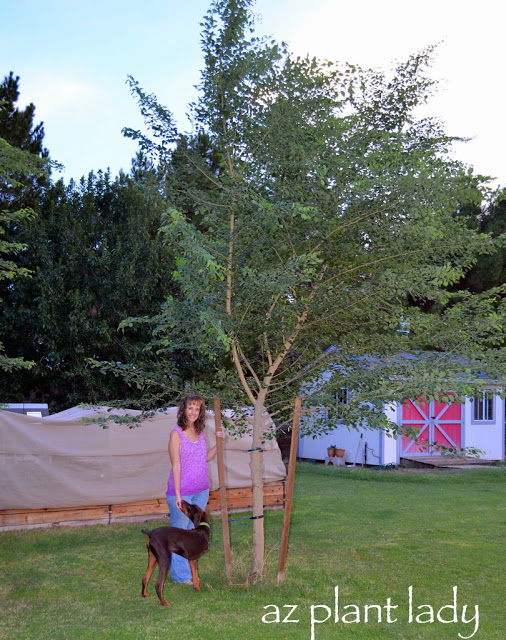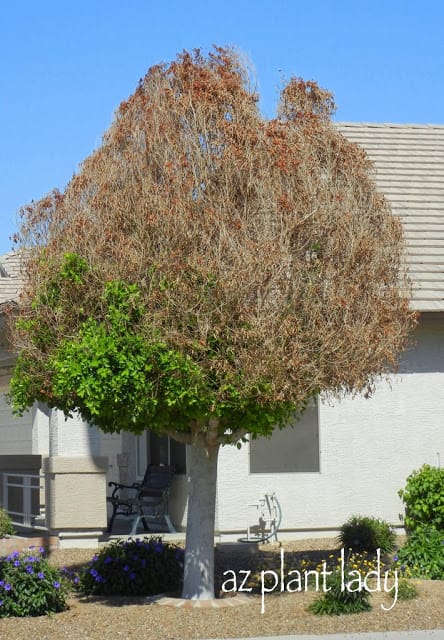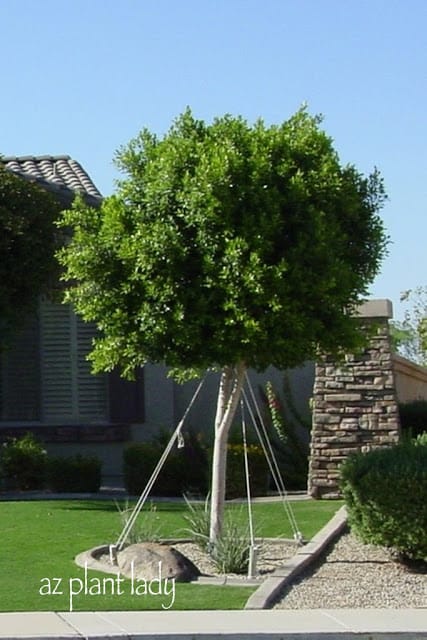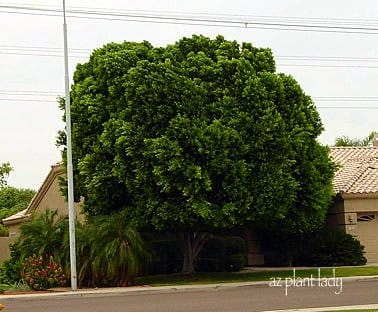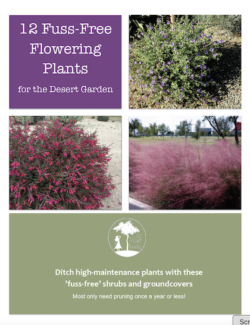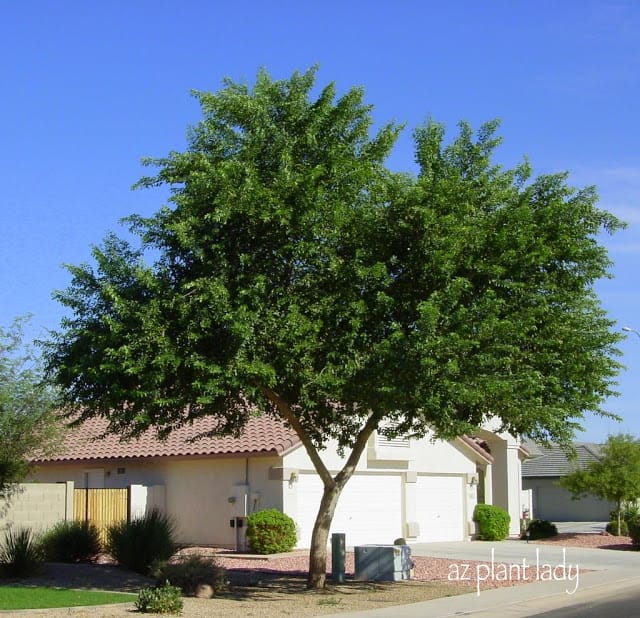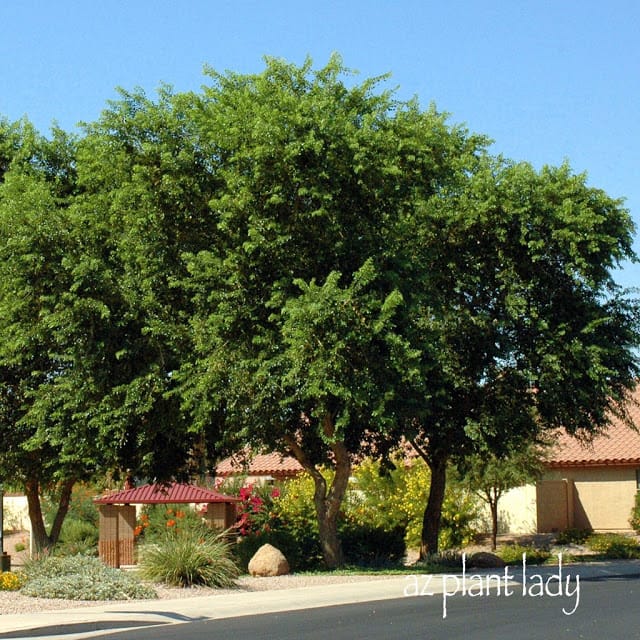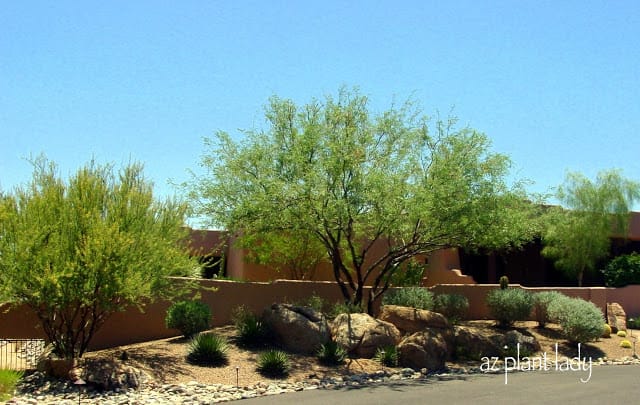Do you have oleanders? If so, you might have heard of a fatal bacterial disease called oleander leaf scorch that affects oleander shrubs.
This disease is slowly spreading and I have been seeing it more often when I visit clients.
I wrote an earlier post about oleander leaf scorch, its signs and how it affects oleander shrubs, which you can view here.
Earlier this month, I visited another client whose entire backyard was surrounded by tall oleander shrubs that were quite mature. She suspected that her oleanders were starting to show signs of oleander leaf scorch and it turns out that she was right.
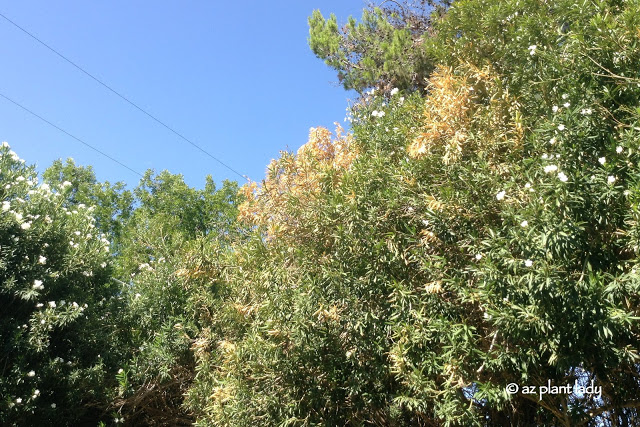
Her suspicions began when she noticed browning of her a few of her oleander shrubs that began this spring and was worsening as summer progressed.
It’s important to note that browning of oleanders doesn’t necessarily mean that they are infected with oleander leaf scorch – browning can be caused by any number of problems from drought stress, salty soil or other excess minerals in the soil.
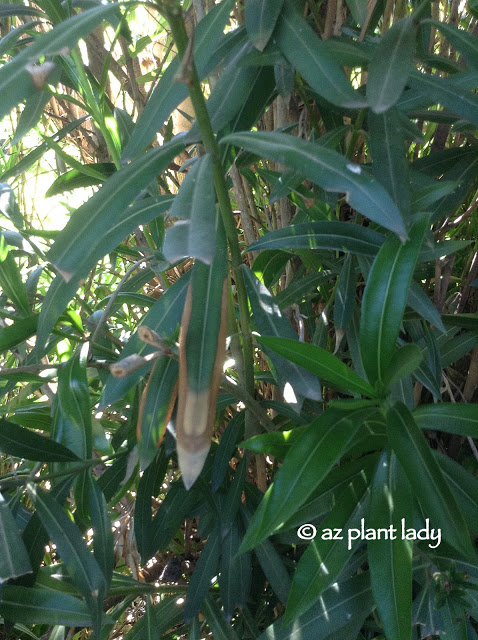
However, a closer look at the foliage showed some of the characteristics of oleander leaf scorch disease with the outer leaves and tips turning brown.
This occurs because the bacteria rapidly multiply, blocking the vascular system of the plant.
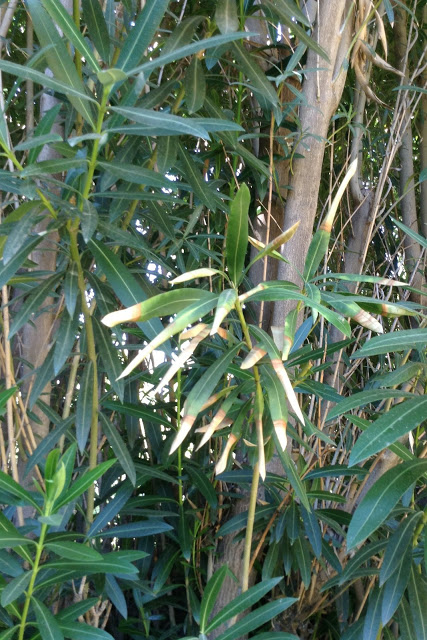
These browning tips are also a sign of oleander leaf scorch, but this particular sign can also indicate high salts in the soil.
Even if you see only a few leaves affected, the entire shrub is infected and will die within 3 – 5 years. Because this disease is spread by a flying insect called a sharpshooter, not all oleander shrubs in a given area may be affected as it hops from bush to bush. However, these insects carry the bacteria in their saliva and spread it to each oleander shrub that they feed from.
While I was able to tell my client that her oleander shrubs likely were infected this disease, the only way to confirm the diagnosis was to contact her local cooperative extension office and send in some leaves from her oleanders to be tested.
If the test comes back positive, she will need to remove all of her oleander shrubs. While they will live 3 – 5 years after being infected, they will turn brown. The most important reason for removal is to help keep the disease from spreading to other oleanders in the neighborhood.
For more photos and a detailed description of this oleander disease as well as a suggested replacement plant for oleanders, read my previous post, “Plant Disease: Oleander Leaf Scorch”


